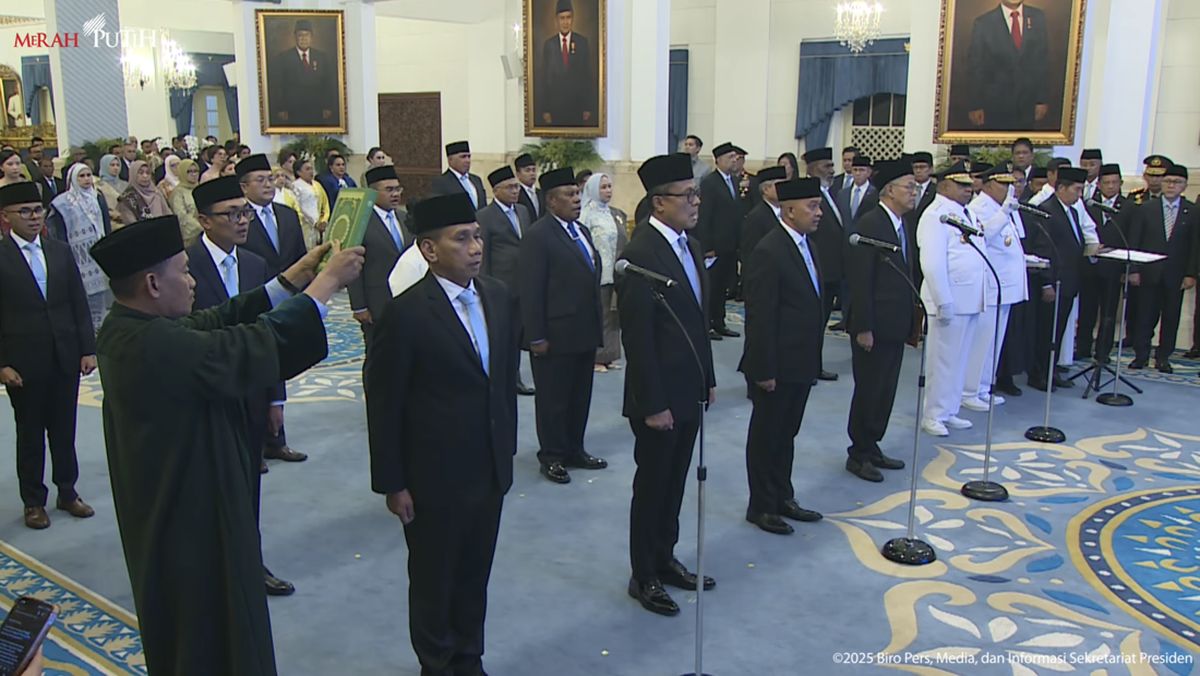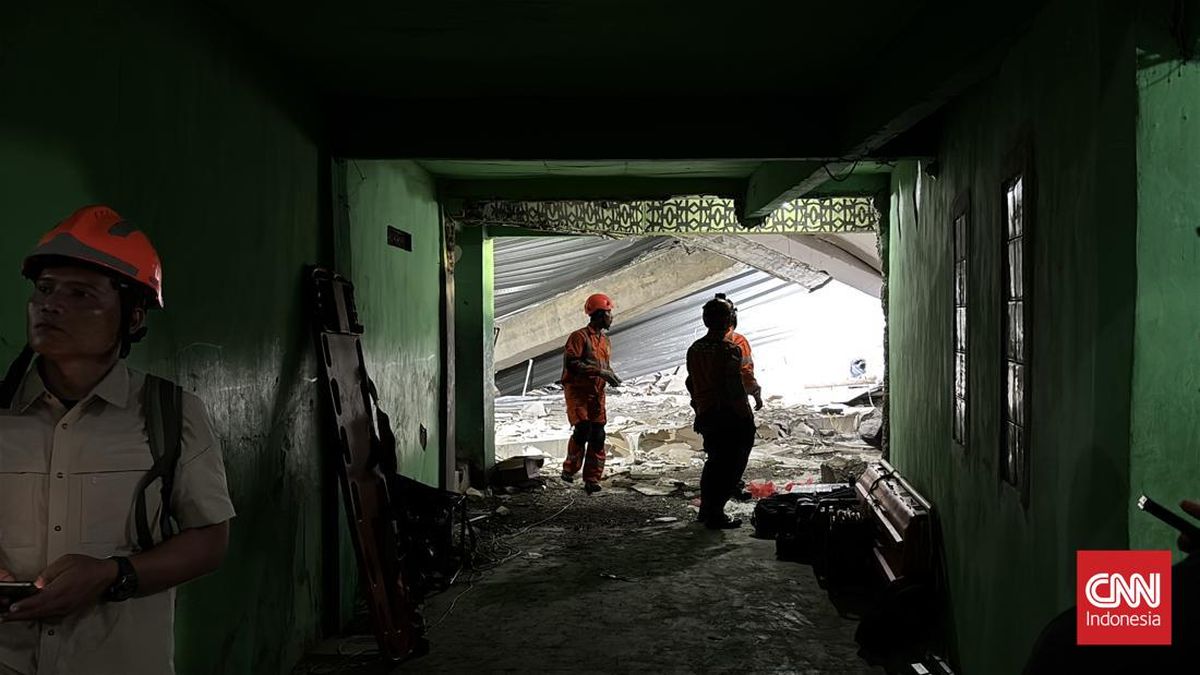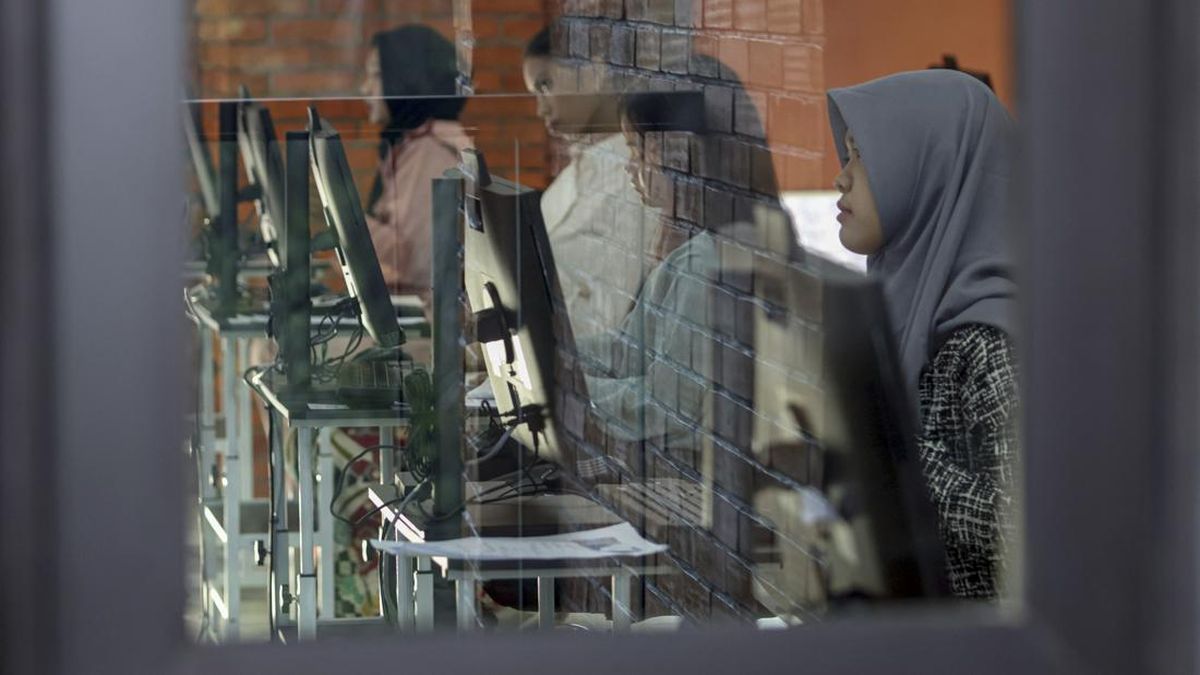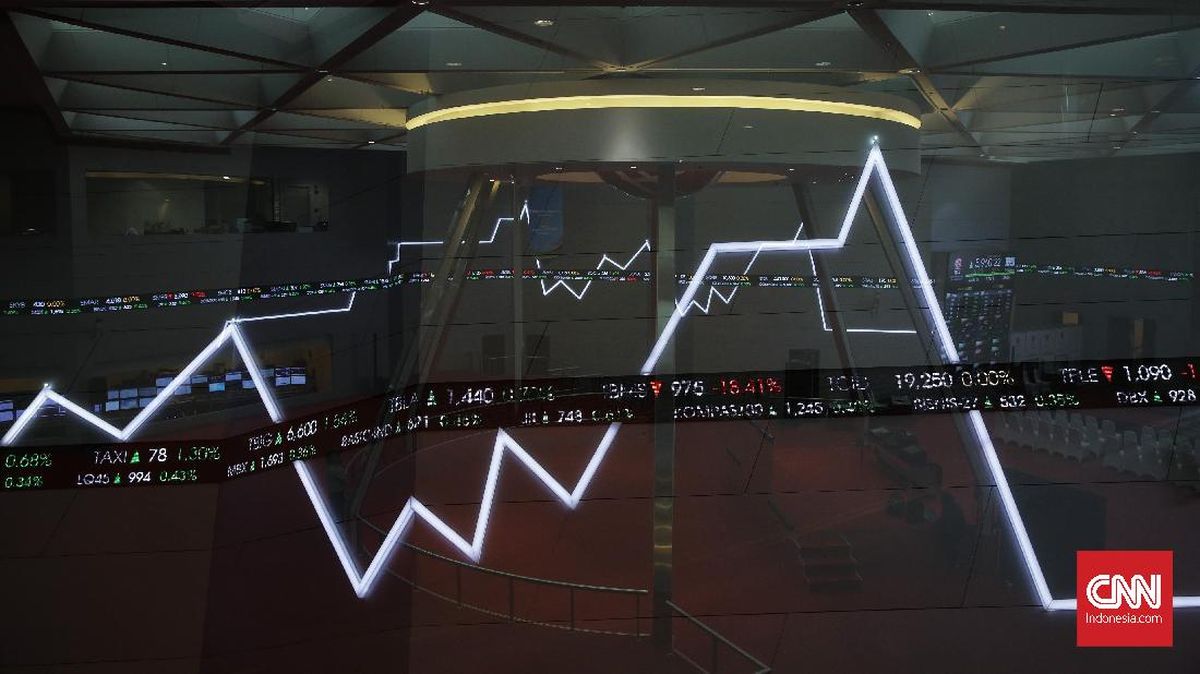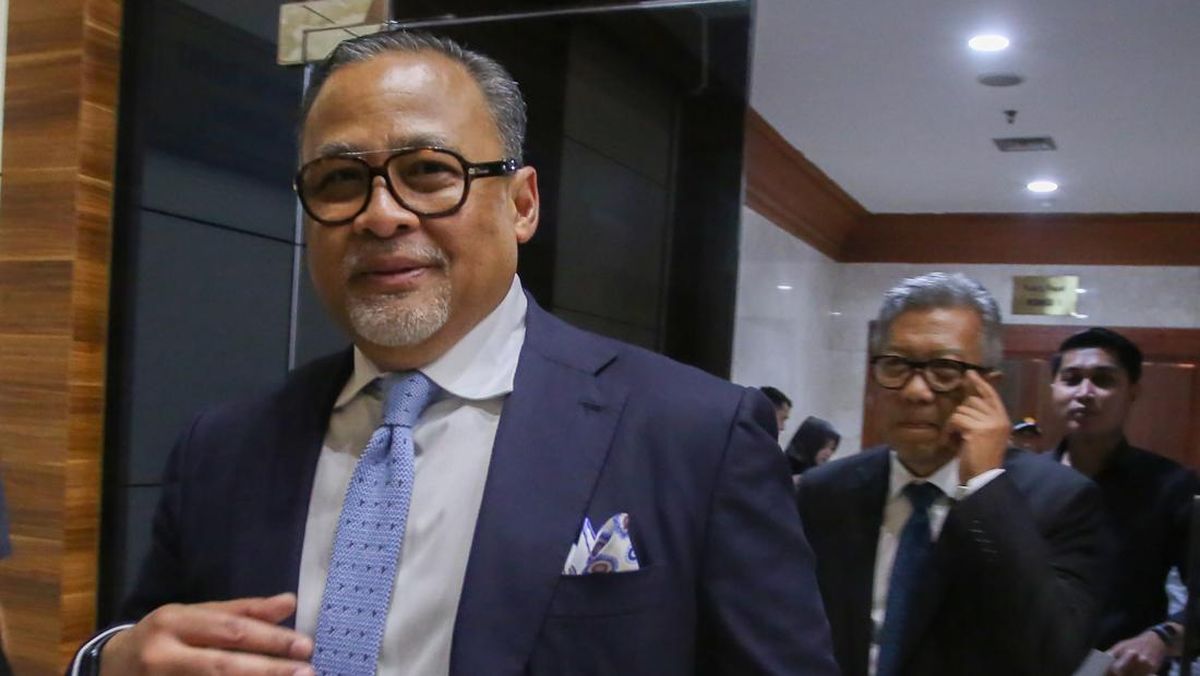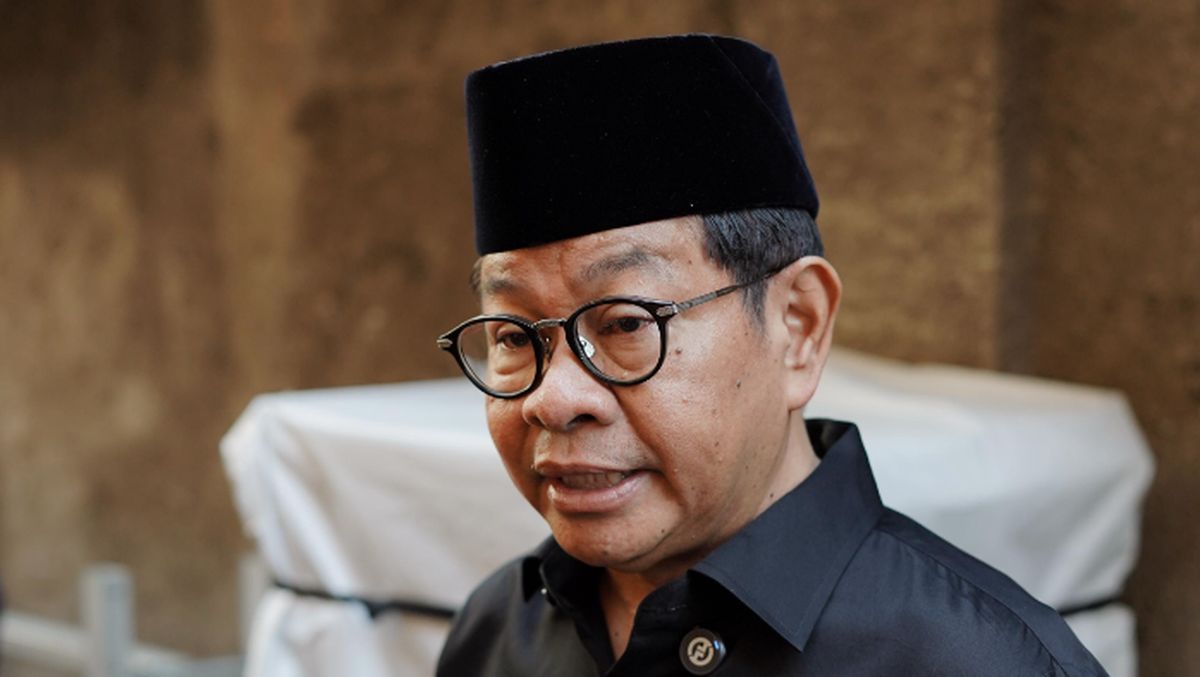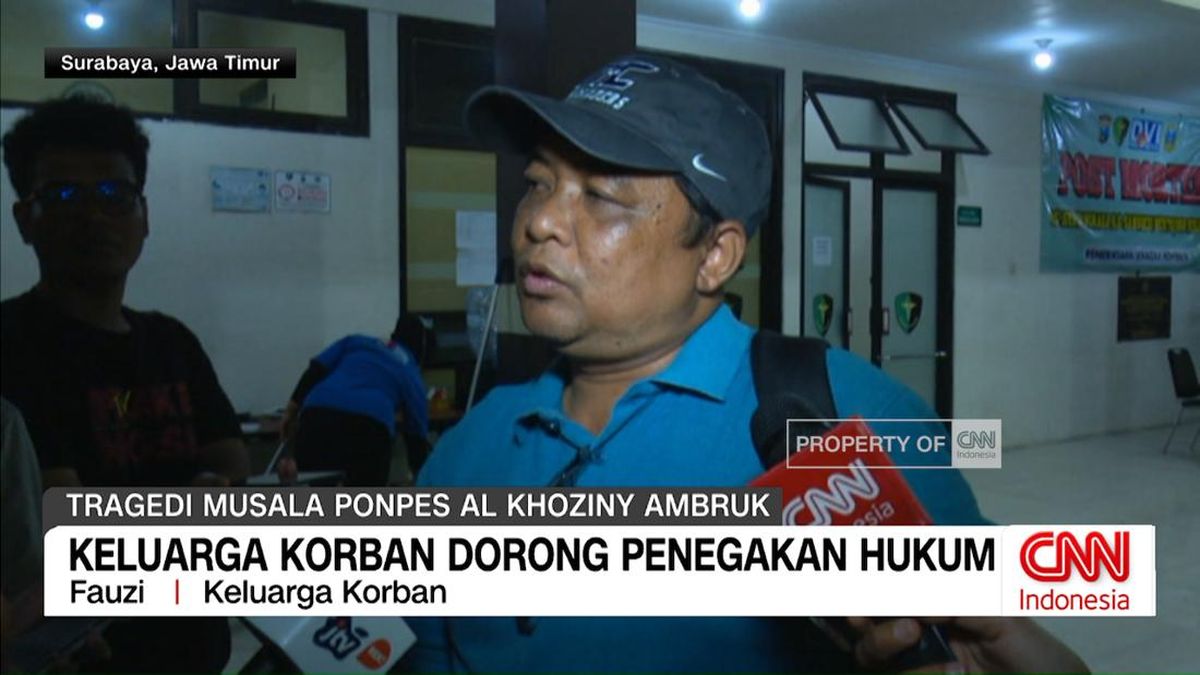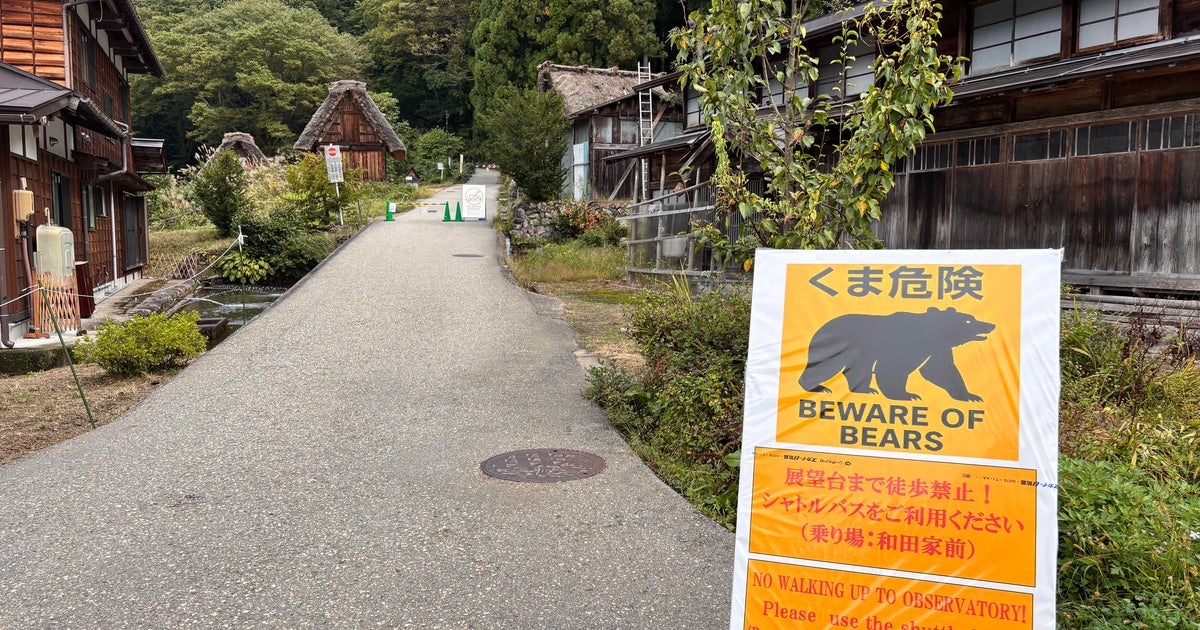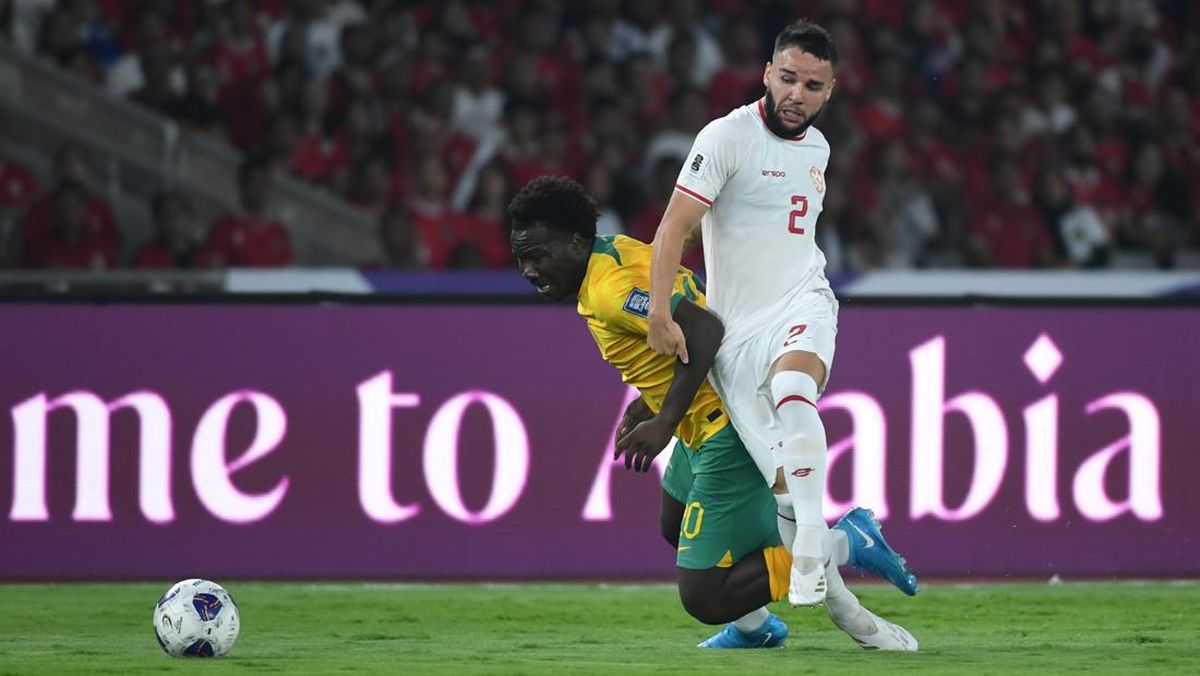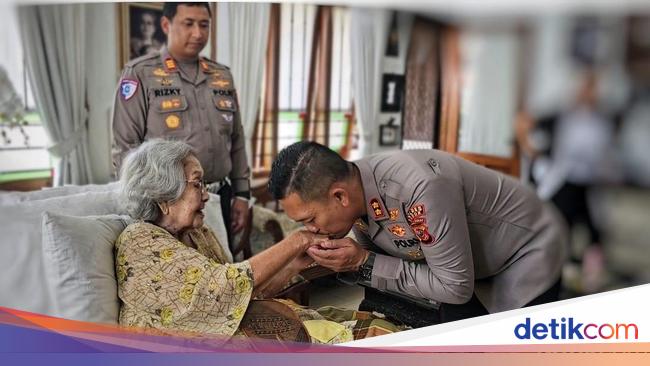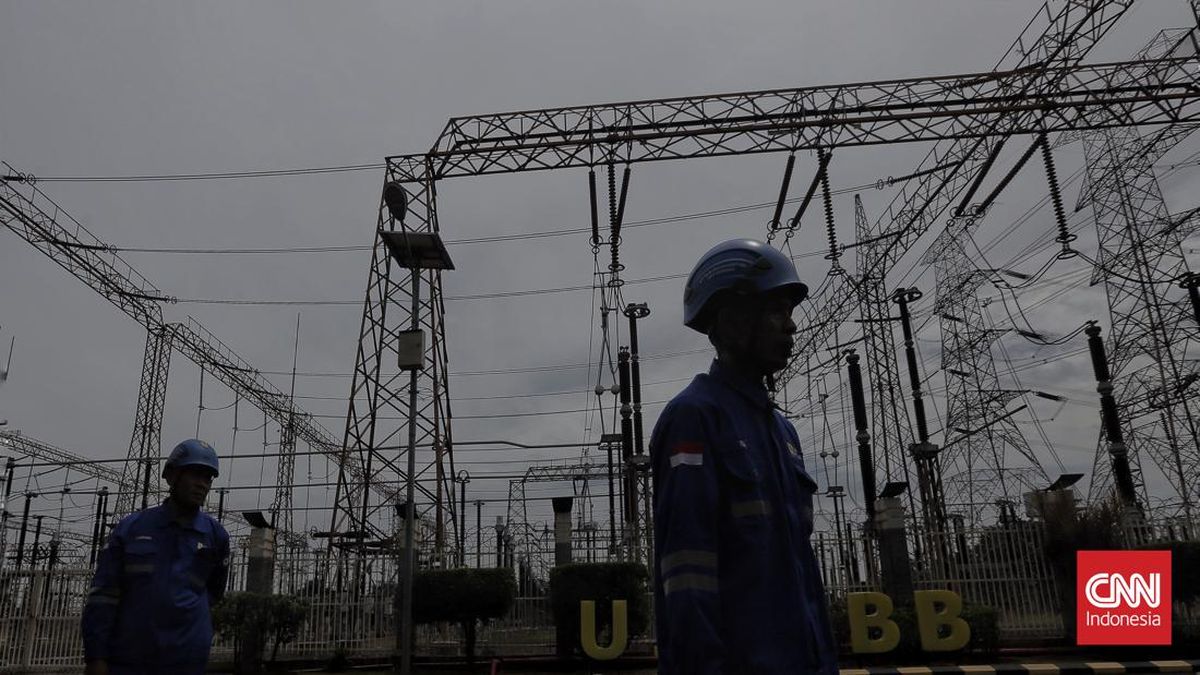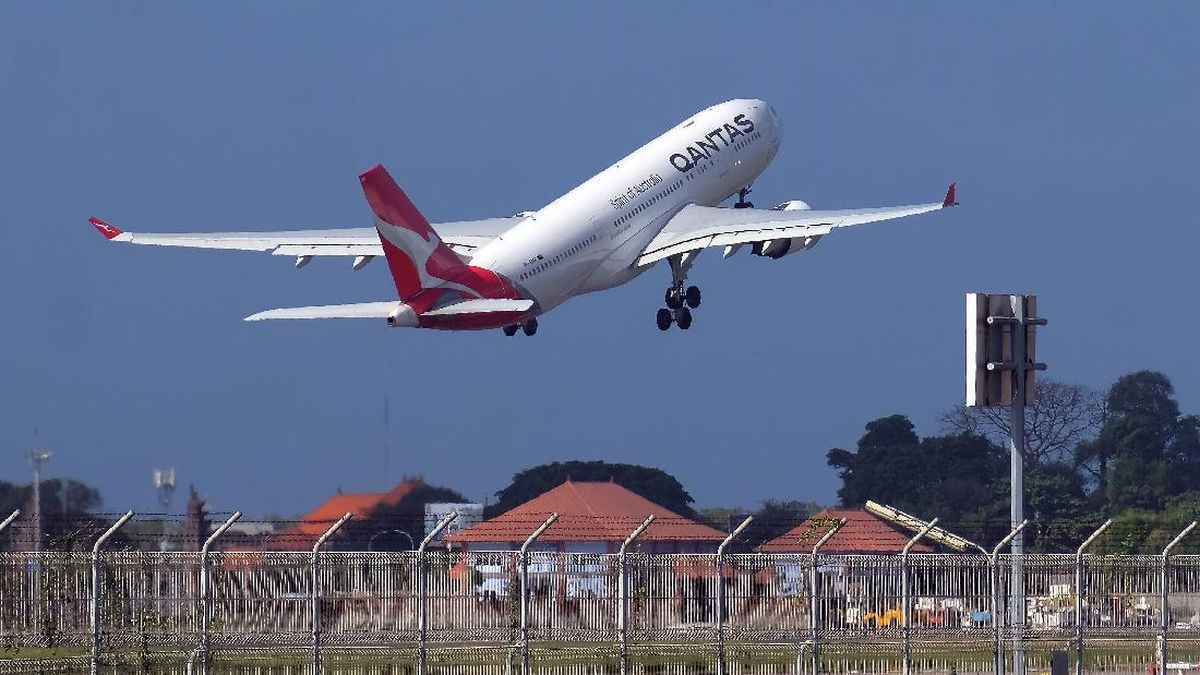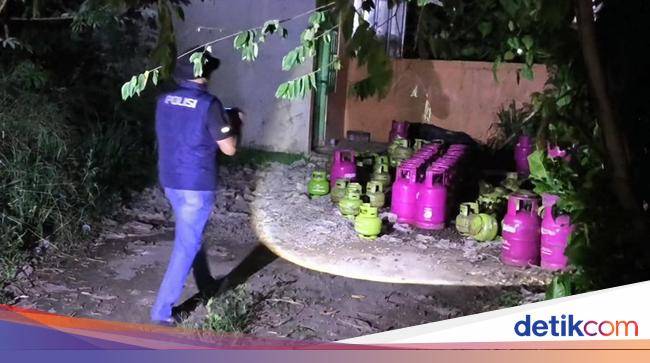“It’s my fault, I forgot to lock my door.”
These words were said to me by a teenage female Australian Defence Force trainee living on base who had been sexually assaulted the night before. I was hearing it firsthand because, as it happened, I was there interviewing trainees about the integration of women into combat units.
I remember her so clearly, confused and scared, yet only hours after the incident determined to be unaffected. She was part of a small team, and she did not want to jeopardise that.

Dr Samantha Crompvoets Credit: Danielle Smith
Confused and scared is also how I would describe the commanding officer and his staff on the other side of the wall of that small interview room. They were at pains to do the right thing by this young woman, and their instincts were to have the alleged perpetrator moved to another base immediately while an investigation ensued. Advice from up the chain of command, however, was that procedural fairness to the male soldier would prevent them from doing that.
As a doctor of sociology, I have interviewed hundreds of women who have served in the ADF, many of whom have experienced sexual trauma at work. In 2009, I began a three-year study for the Department of Veterans Affairs examining the health and wellbeing of female veterans who had been deployed on operations from Vietnam through to Afghanistan. Over the following decade I interviewed hundreds more defence members to get a picture of the culture of the ADF: its systems, processes and peculiarities.
The serving and ex-serving women I have spoken to over the past two decades share many similarities: tough, fit, smart, impressive, proud to serve their country, loyal to the ADF, striving to do their best. This despite serving in an organisation that was designed for men to thrive and – based on the stories heard in my own and countless other reviews and investigations – for women to merely survive.

Credit: Illustration: Joe Benke
However, where misogyny and marginalisation were once issues unaddressed by Defence leadership, they have been the focus of intense reform efforts for the past 15 years across the ADF and the Department of Defence.
It is for this reason that the latest statistics from Defence on its workforce’s behaviours and psychological safety, and the stories coming to light in this masthead, are so disturbing. It’s worth highlighting that this data, encompassing insights from 2020 to 2023 from the navy, army and air force, was released by the Department of Defence only due to a Senate order late last year by Greens senator David Shoebridge.
Four times a year, Defence measures experiences of its members through workforce-behaviours surveys that gather data on what Defence terms “unacceptable behaviour”. To be specific, that refers to sexual assault, abuses of power, violence, bullying, cyberbullying, discrimination and harassment.
Defence differentiates this list from its measures of “poor behaviours”, which cover cases in which members feel undervalued, unfairly blamed, and having their opinion ignored.
Loading
Across the three services, and excluding training establishments, about one-third of the defence workforce experienced unacceptable behaviour in 2023 (33 per cent of the air force, 35 per cent of the army, 41 per cent of the navy), a figure that has remained consistent over recent years. The most common types of unacceptable behaviour reported are bullying and abuses of power. Defence didn’t provide a gender breakdown for the ADF overall, but did for those in training.
So we do know that at the Australian Defence Force Academy in 2023, 55 per cent of female students training to be officers surveyed had experienced some form of unacceptable behaviour, compared with 32 per cent of their male peers. The rates that women experienced each category of unacceptable behaviour – sexual assault, abuses of power, violence, bullying, cyberbullying, discrimination and harassment – exceeded men’s reporting by at least double the rate.
For women at the Royal Military College Duntroon in Canberra, almost 70 per cent experienced unacceptable behaviour in 2023, as did 47 per cent of men. In training institutions, harassment, bullying, abuses of power and violent behaviour were the most common forms. Sexual assault data was not included in the 2023 reports, despite featuring in reports from earlier years.
The above snapshot becomes even more alarming against the backdrop of two facts confirmed in the findings of the Royal Commission into Defence and Veteran Suicide.
Female permanent or reserve ex-serving members are 107 per cent more likely to die by suicide than Australian females in general. Women who served in combat or security roles are 452 per cent more likely to die by suicide than other Australian females.

Defence Minister Richard Marles.Credit: James Brickwood
The cover note that accompanied the release of the workforce data, signed by Defence Minister Richard Marles, states: “The government does not consider the results of these surveys acceptable.” That glib sentiment joins a list of successive governments’ paternalistic, top-down disappointment in Defence’s inability to keep women in its ranks safe, either while being trained, or throughout their career.
Again, the statistics above aren’t shocking simply because they demonstrate widespread misconduct and acute physical and psychological safety risks for young women. They are shocking because this is the current state after a concerted, multimillion-dollar, 15-year-plus overhaul of Defence’s treatment of women. The data is representative of a system that has been “fixed”, multiple times over. The Australian Human Rights Commission for example has been working with the ADF almost non-stop since the 2011 Australian Defence Force Academy “Skype scandal” – in which a male trainee officer filmed a sexual encounter with a female trainee and broadcast it live to other male trainees.
If still serving, the men and women who were in training at the time of that scandal will now be senior sailors, soldiers and aviators. They will be commanding units. They will have proved themselves to align with the contemporary values of the defence institution and been promoted at least twice. Their authority, and more importantly, influence over subordinates will be at its peak before their careers become more Canberra-centric.
What the most recent stories of sexual misconduct in Defence tell us is that despite its best efforts, Defence continues to systematically undermine women’s ability to report, privileges men’s careers above women’s, and highlights a continued lack of accountability measures.
Recommendations from the royal commission as they relate to military sexual trauma provide another future-focused, paint by numbers platform for defence leadership to market promises for improved responses to complaints and decreased risks for women.
But like many, I can’t escape the feeling of deja vu.
The Defence Abuse Response Taskforce was established to help people who had suffered physical or sexual abuse, harassment or bullying in the ADF before 2011. Following that came the Rufus Black review into Defence accountability (2011), then sex discrimination commissioner Elizabeth Broderick’s review into the treatment of women in Defence (2012), its follow-up audit (2013), the Brereton inquiry into war crime allegations (2016-2020), and most recently findings of the Royal Commission into Defence and Veteran Suicide (2024). All identified Defence’s lack of accountability as a key obstacle to change.
Put simply, after a while, lack of punishment can start to look like reward, and lack of accountability starts to look a lot like corruption.
While complaint systems and processes have improved, the mechanisms that enable perpetrators to act time and again have not been dismantled. This includes keeping defence workforce behaviours data, including sexual misconduct statistics, hidden from public view.
The UK, US, Canadian and New Zealand defence forces – our Five Eyes allies – all make publicly available annual statistics on sexual offending. Why does the Albanese government accept anything less from the ADF?
Codes of silence have proven time and again a ticking time bomb for Defence. Secrecy breeds misconduct. Lack of transparency is a giant waving red flag, and in the absence of demanding more, the government remains complicit in its cover-ups.
Loading
I once asked a group of young male trainees why they had been routinely isolating and ridiculing two female colleagues in their unit. One sniggered, “You gotta have a morale booster”, and they all laughed.
I can tell you what a woman joining Defence can know for sure: they are more likely than not to live in fear in their workplace and leave the ADF with more than double the chance of dying by suicide.
I’m glad that Richard Marles, as deputy prime minister and defence minister, does not consider these realities “acceptable”.
I wonder if he would consider the ADF a safe place for his daughter to begin her career.
Samantha Crompvoets is a sociologist and expert in organisational culture who worked with the Australian Defence Force over two decades.
If you are a current or former ADF member, or a relative, and need counselling or support, you can contact the Defence All-Hours Support Line on 1800 628 036 or Open Arms on 1800 011 046.
The Opinion newsletter is a weekly wrap of views that will challenge, champion and inform your own. Sign up here.
Most Viewed in National
Loading




